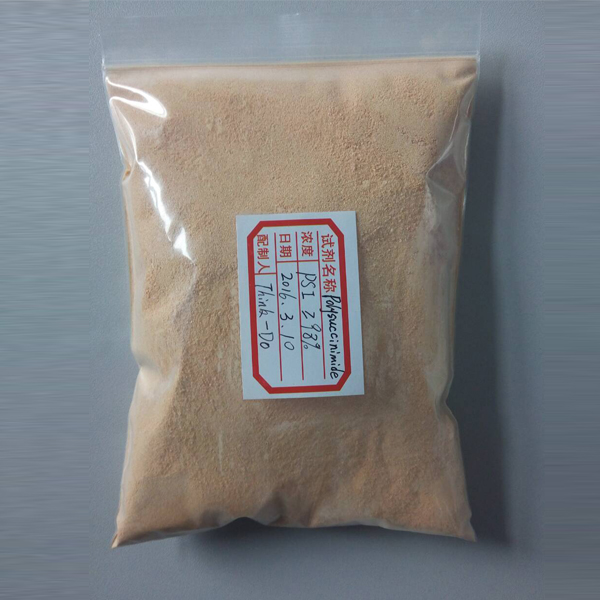
News
pro . 05, 2024 06:19 Back to list
Essential Micronutrient Requirements for Optimal Papaya Plant Growth and Development
Micronutrients for Papaya Plants Enhancing Growth and Yield
Papaya (Carica papaya) is a tropical fruit renowned for its rich nutritional benefits, delicious flavor, and versatility in culinary applications. As the demand for papaya continues to grow globally, farmers and growers are on the lookout for effective ways to enhance the growth, yield, and quality of their crops. One of the essential aspects of papaya cultivation is ensuring that the plants receive adequate micronutrients. These are trace elements necessary for plant growth, and their importance cannot be overstated.
Understanding Micronutrients
Micronutrients are minerals required by plants in minute amounts but are crucial for various physiological functions. The primary micronutrients that benefit papaya plants include zinc (Zn), iron (Fe), manganese (Mn), copper (Cu), boron (B), molybdenum (Mo), and chlorine (Cl). Each of these elements plays a unique role in the growth and development of papaya plants.
1. Zinc (Zn) Zinc is vital for enzyme function and protein synthesis. It also plays an essential role in the production of auxins, which are hormones crucial for plant growth and development. A deficiency in zinc can lead to stunted growth, leaf chlorosis, and reduced fruit yields.
2. Iron (Fe) Iron is integral to the formation of chlorophyll, which is responsible for photosynthesis. Insufficient iron can result in interveinal chlorosis, where the leaves turn yellow while the veins remain green, drastically affecting the plant's health and fruit production.
3. Manganese (Mn) Manganese aids in photosynthesis, respiration, and nitrogen assimilation. It acts as a cofactor for various enzymes involved in these processes. Deficiency can stunt growth and lead to leaf discoloration.
4. Copper (Cu) Copper is involved in several plant processes, including photosynthesis and the formation of lignin, which strengthens plant structures. A lack of copper can lead to wilting and poor fruit quality.
5. Boron (B) Boron is critical for cell wall formation and reproductive development. It affects pollen viability and seed development, making it crucial for fruit crops like papaya.
6. Molybdenum (Mo) Molybdenum is essential for nitrogen fixation and conversion of nitrates into ammonia within plants. A deficiency can hinder growth and reduce yield.
7. Chlorine (Cl) Although its role is less pronounced than the others, chlorine contributes to osmotic regulation and photosynthesis. It assists in the plant's water expenditure and overall health.
micronutrients for papaya plants manufacturer

Importance of Micronutrients in Papaya Cultivation
Micronutrients affect not only the growth and health of papaya plants but also the quality and characteristics of the fruit produced. Balanced nutrition ensures robust root systems, lush foliage, and improved fruit set, ultimately leading to higher yields. Growers often face challenges related to nutrient deficiencies, especially in soils that are depleted or under particular environmental stress.
How to Provide Micronutrients
For growers, assessing soil health and nutrient composition is essential. Soil tests can determine the levels of micronutrients present and help guide fertilization programs. Micronutrient deficiencies can often be resolved through the application of foliar feeds or soil amendments enriched with these trace elements.
1. Foliar Application Spraying a solution containing micronutrients directly onto the leaves can facilitate quick absorption and address immediate nutrient deficiencies.
2. Soil Amendments Incorporating micronutrient-rich fertilizers into the soil can improve overall nutrient availability. These fertilizers come in various forms, including chelated compounds, which enhance absorption.
3. Organic Options Organic matter can also supply micronutrients. Compost and well-rotted manure not only provide macro and micronutrients but enhance soil structure and microbial activity.
4. Balanced Fertilization Program It is critical to adopt a comprehensive nutrient management plan that includes both macronutrients and micronutrients. This ensures that plants receive a holistic approach to their nutritional needs throughout their growth cycle.
Conclusion
The careful management of micronutrients is vital for the successful cultivation of papaya plants. Ensuring that these essential trace elements are present in the right amounts can significantly influence growth, fruit quality, and overall yield. As the papaya market continues to expand, adopting effective micronutrient management strategies will be key to thriving in a competitive agricultural landscape. By focusing on these critical nutrients, farmers can cultivate healthy, high-yielding papaya plants, benefiting both their economic interests and the health of consumers worldwide.
-
Polyaspartic Acid Salts in Agricultural Fertilizers: A Sustainable Solution
NewsJul.21,2025
-
OEM Chelating Agent Preservative Supplier & Manufacturer High-Quality Customized Solutions
NewsJul.08,2025
-
OEM Potassium Chelating Agent Manufacturer - Custom Potassium Oxalate & Citrate Solutions
NewsJul.08,2025
-
OEM Pentasodium DTPA Chelating Agent Supplier & Manufacturer High Purity & Cost-Effective Solutions
NewsJul.08,2025
-
High-Efficiency Chelated Trace Elements Fertilizer Bulk Supplier & Manufacturer Quotes
NewsJul.07,2025
-
High Quality K Formation for a Chelating Agent – Reliable Manufacturer & Supplier
NewsJul.07,2025
